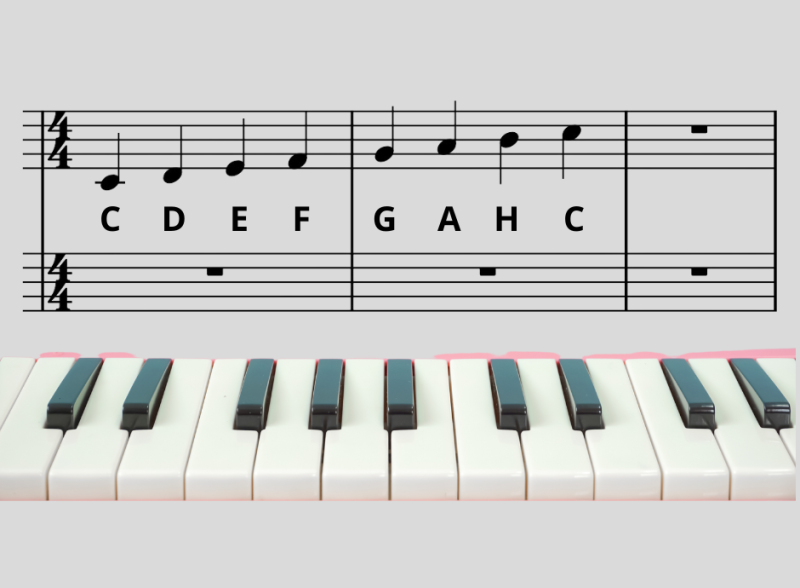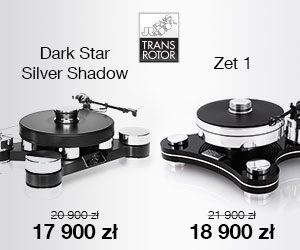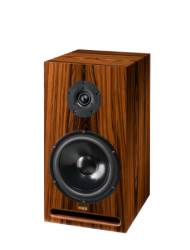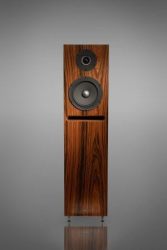.png.2fedbaeed142d9ffa7ad27f243687120.png)
IGNORED
Grubość winyla Stereo i czystość surowca z min. sadzy - marketing?

Przez
Krzysztof_54067
,
w Analog
Rekomendowane odpowiedzi
Zarchiwizowany
Ten temat przebywa obecnie w archiwum. Dodawanie nowych odpowiedzi zostało zablokowane.
-
Ostatnio przeglądający 0 użytkowników
- Brak zarejestrowanych użytkowników przeglądających tę stronę.
-
Biuletyn
-
17422
Najnowsze artykuły w Magazynie




.thumb.jpg.1982a9febfceba05fd0aff4756d69059.jpg)
KONTO PREMIUM
- Liczne Rabaty u Partnerów
- Bezpłatne Ogłoszenia Promowane
- Opcja Ignoruj Tematy pozwalającą na pełną personalizację
- Dostęp do dodatkowych artykułów i testów sprzętu
- Cykliczne spotkania (np. z okazji urodzin Audiostereo)
- Przypisanie do grupy PREMIUM
-
Ostatnio dodane opinie o sprzęcie
Ostatnio dodane opinie o albumach
-
Najnowsze wpisy na blogu
-
0 komentarzy


.png.e72da60cd6041b6257b6f4f3841b5c60.png)
.thumb.png.d1e1fabd7fe928beb74fcb0d3ea96539.png)








